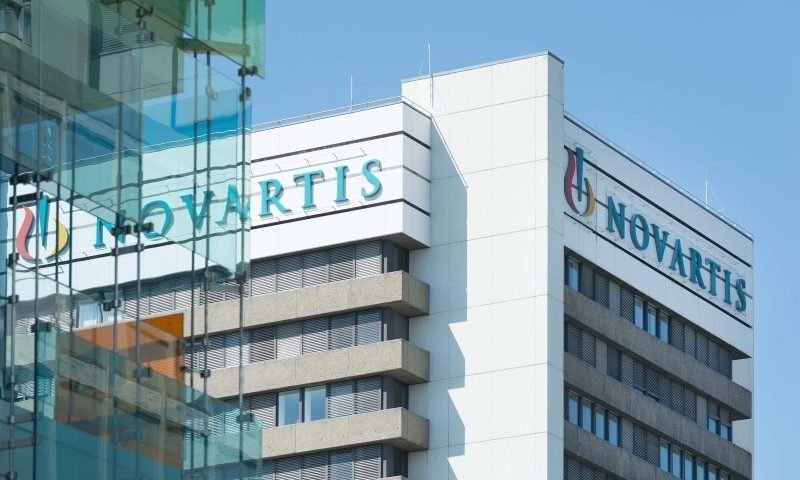Novartis is building the case for its radioligand therapy. With positive phase 3 primary endpoint data in the bag, Novartis arrived at the European Society of Medical Oncology Congress 2021 armed with evidence of the therapy’s effect on quality of life and pain.
Earlier this year, Novartis revealed the phase 3 trial linked 177Lu-PSMA-617 to a four-month median improvement in overall survival. Having shown the drug candidate improves survival in patients with metastatic castration-resistant prostate cancer, Novartis began digging into secondary endpoints that could shed light on the day-to-day effects of the treatment.
“If you think about what our goal is, it’s not only to improve survival, but it’s to improve quality of survival. These are patients that often have their disease metastasize to the bone, and are often only treated via palliation to manage their pain. When the cancer metastasizes, especially to the long bones, it can really compromise their daily activities and their quality of life,” Jeff Legos, global head of oncology and hematology development at Novartis, said.
Novartis sought to understand the effect of 177Lu-PSMA-617 on daily activities through secondary endpoints that looked at patient-reported quality of life and pain. The endpoints linked the drug to estimated risk reductions in the worsening of health-related quality of life and pain intensity of 54% and 55%, respectively.
“Here is a very direct measure showing not only did these patients live four months longer, but they actually felt better during that extended survival,” Legos said.
Novartis is now preparing for worldwide regulatory submissions in the phase 3 patient population, which it expects to file by the end of the year. In parallel, the company is ramping up other studies that could enable it to bring 177Lu-PSMA-617 to more prostate cancer patients.
In one study, Novartis is enrolling men who are yet to take taxanes, a class of chemotherapy drugs. Moving 177Lu-PSMA-617 into that earlier treatment line may delay disease progression and improve survival while sparing patients from peripheral neuropathy and the other side effects associated with taxane-based chemotherapy. The other ongoing trial could move 177Lu-PSMA-617 into an even line of treatment by testing it in combination with standard of care.
The clinical trials present Novartis with opportunities to significantly increase the addressable patient population. Legos estimates the two trials cover a patient population that is four to five times larger than that covered by the successful phase 3 study.

